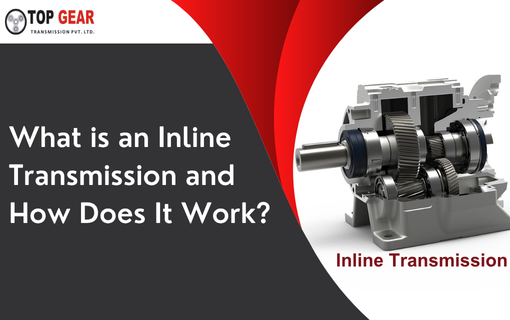The steps involved in the selection of planetary gearbox are as shown below. Before starting the selection of Planetary Gearbox the following parameters should be known
1. Torque to be transmitted (output torque)
2. Motor Power (kW)
2. Input speed (RPM)
3. Output speed (RPM)
4. Operating condition (i.e. No of Start-ups per hour and it subject to impacts
5. Ambient temperature (°C)
6. Radial load on output and input shaft thrust load if any.
The steps involved in the proper selection of Planetary Gearbox are as follows
STEP 1: Select the reduction ratio
The reduction ratio can be calculated as Input Speed/Output Speed.
If the output torque is not known then the torque can be calculated as
STEP 2: Calculate the output Torque(Nm)
Output torque = (P x 9546)/N
Where P is Power in kW (multiply P with 0.746 if power is in HP)
N is output speed (RPM)
STEP 3: Find the service Factor
Depending upon the type of application and working hours assume the service factor. For more details refer to Table 1. Mentioned in the Top Gear catalog.
STEP 4: Calculate the Rated Torque
Rated torque = Calculated output torque * service factor
STEP 5: Select the Model from the Catalogue
A. Select the life of Gearbox based upon working hours and output speed (n2h)
B. And based upon rated torque and life select the most appropriate model
STEP 6: Verify the thermal rating for the selected model
Thermal rating is the continuous power transmittable by a gear unit with splash lubrication and maximum oil temperature of 90° C at an ambient temp of 25° & input speed of 1440 RPM.
After the selection of model, it is necessary to check with the thermal capacity of the reducer thermal rating (Kw)
STEP 7: Verification of hollow frame
If the selected planetary gearbox is required in hollow input configuration then it has to be verified for available frame size. Check whether the frame size for given model is suitable for that particular rating of the motor.
STEP 8: Check for Overhang Load
When the output is connected with sprocket, pulley, timing belt, gear or friction wheel there is radial load generated on shaft either high speed or low speed & this has to be checked for overhang load capacity. Calculate the overhung load as per the below-mentioned formula.
Overhang load in N = [(19100000 x P)/(d x n)] x Fc
Where, P is power in Kw (1HP=0.746Kw)
d= is diameter of sprocket /pulley/gear/friction wheel in mm
n= is speed of shaft in RPM
Fc= Is load connection factor. Which is as under
Chain sprocket – 1, Gear-1.06, Sprocket-1.5, V-belt-2.5, Friction wheel-3.5







